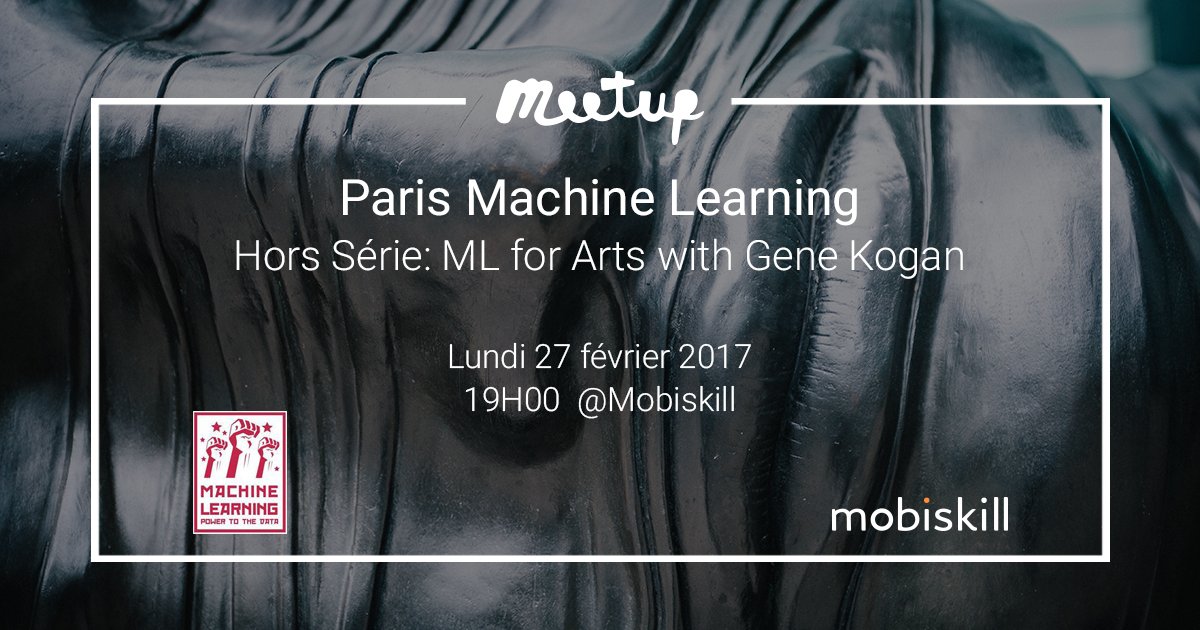Using Deep Learning to learn to hash, the Great Convergence continues. Here are two recent examples:
HashNet: Deep Learning to Hash by Continuation by Zhangjie Cao, Mingsheng Long, Jianmin Wang, Philip S. Yu
Learning to hash has been widely applied to approximate nearest neighbor search for large-scale multimedia retrieval, due to its computation efficiency and retrieval quality. Deep learning to hash, which improves retrieval quality by end-to-end representation learning and hash encoding, has received increasing attention recently. Subject to the vanishing gradient difficulty in the optimization with binary activations, existing deep learning to hash methods need to first learn continuous representations and then generate binary hash codes in a separated binarization step, which suffer from substantial loss of retrieval quality. This paper presents HashNet, a novel deep architecture for deep learning to hash by continuation method, which learns exactly binary hash codes from imbalanced similarity data where the number of similar pairs is much smaller than the number of dissimilar pairs. The key idea is to attack the vanishing gradient problem in optimizing deep networks with non-smooth binary activations by continuation method, in which we begin from learning an easier network with smoothed activation function and let it evolve during the training, until it eventually goes back to being the original, difficult to optimize, deep network with the sign activation function. Comprehensive empirical evidence shows that HashNet can generate exactly binary hash codes and yield state-of-the-art multimedia retrieval performance on standard benchmarks.
Deep Hashing Network for Efficient Similarity Retrieval by Han Zhu, Mingsheng Long, Jianmin Wang, Yue Cao
Due to the storage and retrieval efficiency, hashing has been widely deployed to approximate nearest neighbor search for large-scale multimedia retrieval. Supervised hashing, which improves the quality of hash coding by exploiting the semantic similarity on data pairs, has received increasing attention recently. For most existing supervised hashing methods for image retrieval, an image is first represented as a vector of hand-crafted or machine-learned features, followed by another separate quantization step that generates binary codes. However, suboptimal hash coding may be produced, because the quantization error is not statistically minimized and the feature representation is not optimally compatible with the binary coding. In this paper, we propose a novel Deep Hashing Network (DHN) architecture for supervised hashing, in which we jointly learn good image representation tailored to hash coding and formally control the quantization error. The DHN model constitutes four key components: (1) a sub-network with multiple convolution-pooling layers to capture image representations; (2) a fully-connected hashing layer to generate compact binary hash codes; (3) a pairwise cross-entropy loss layer for similarity-preserving learning; and (4) a pairwise quantization loss for controlling hashing quality. Extensive experiments on standard image retrieval datasets show the proposed DHN model yields substantial boosts over latest state-of-the-art hashing methods.
Join the CompressiveSensing subreddit or the Google+ Community or the Facebook page and post there !






